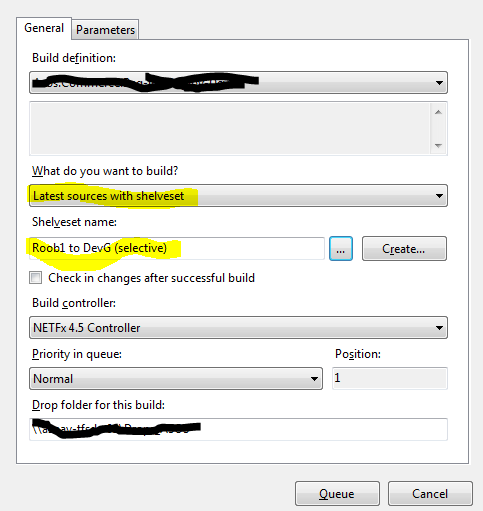A little bit of powershell in my life
Things were so simple then. Having used 'nix at University and a bit beyond I came to love scripting, using things like Bash and tcl, prior to that I had just written a few simple batch scripts in DOS. Excluding JavaScript from the fray which doesn't, arguably, fit in the same category as lower level scripting languages I really haven't done much apart from a bit of Perl and although its called a scripting language it is a high level programming language. Years later, and after having been indoctrinated into the Microsoft Stack, I have hardly written any scripts or have had any need to, but that is changing. ALM My current place has a few bits of software that use Powershell and, some, lots of it. Its the tool/language of choice for the ALM framework developed in house, used to push software out from local environments to production environments (in some cases). The framework consists of 100s of scripts and XML configuration files, to map to the myriad of
